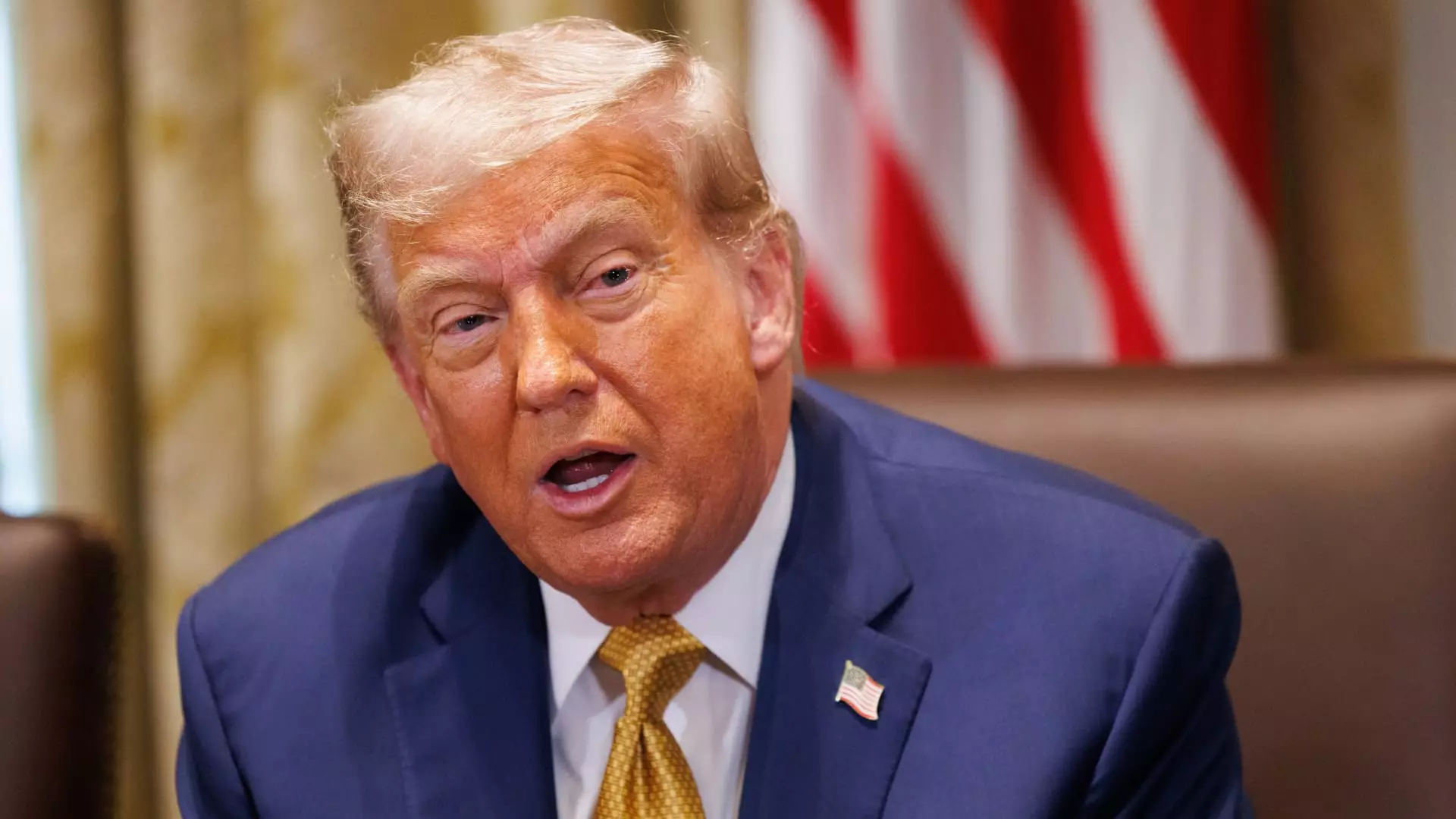The Hidden Cost of Tariffs: How a Flawed Strategy Could Backfire on American Prosperity

In recent headlines, President Donald Trump boldly announced a potential 200% tariff on pharmaceuticals imported into the United States, promising to use this aggressive economic tool as leverage to bring manufacturing back home. While seemingly rooted in the desire to restore American dominance in drug production, this abrupt strategy is fundamentally flawed. Tariffs at such a scale threaten more than they promise; they risk undermining the very economic resilience and innovation that have made the U.S. a global leader. Instead of fostering sustainable growth, such punitive measures could ignite inflation, increase healthcare costs, and destabilize a fragile supply chain—a gamble that may ultimately hurt American consumers more than it helps the industry.
Assumptions and Realities: Misjudging the Power of Tariffs
Trump’s assertion that tariffs will serve as a catalyst to motivate pharmaceutical companies to relocate manufacturing to the U.S. relies on an oversimplified view of complex global supply chains. The administration seems to believe that imposing steep taxes on imports, under the guise of protecting national security, will be an effective economic remedy. In practice, however, the logic ignores the globalized nature of pharmaceutical manufacturing—where raw materials, research, and production often span continents. A sudden tariffs increase risks elevating costs, which could be passed on to consumers and taxpayers, thereby inflating healthcare expenses and destabilizing access to essential medications.
Moreover, the strategic reasoning behind the tariffs rests on the misconception that punitive economic measures will incentivize companies to shift production stateside. Yet, many firms have already begun modest adjustments—consider Eli Lilly and Johnson & Johnson expanding local facilities—independent of tariff policies. These investments suggest that the private sector’s motivations are driven more by operational stability and market demand than by governmental threats, making tariffs an unnecessary and potentially disruptive tool.
Economic Consequences: Who Truly Bears the Burden?
The immediate political appeal of tariffs lies in the promise of reviving domestic manufacturing, but the long-term economic implications are less straightforward. Historically, such measures tend to inflate costs across various sectors, impacting everyday Americans directly through higher drug prices and indirectly via increased insurance premiums. The pharmaceutical industry, already under pressure from regulatory and political uncertainties, could find itself further hamstrung, with R&D investments diverted away from innovation toward shielding profits from punitive tariffs.
The industry’s major lobbying group, PhRMA, has rightfully warned against these tariffs, emphasizing that they would divert crucial resources away from research and development—efforts that lead to medical breakthroughs and improved quality of life. The underlying assumption that tariffs will automatically induce companies to produce more domestically doesn’t consider the complex calculus of global supply chains and economic incentives. Instead, it risks turning innovation hubs into costly, isolated enclaves that lag behind more competitive nations.
Political Rhetoric vs. Practical Policy: A Distorted Narrative
Trump’s rhetoric positions tariffs as a patriotic tool to bolster American manufacturing, yet this narrative oversimplifies the pressing realities. Manufacturing is no longer a matter of erecting walls but building resilient, efficient, and innovative supply networks. A topline tariff threat, especially one as high as 200%, borders on economic folly, risking retaliatory trade measures and global market instability.
The political gamble here is whether such dramatic threats create enough pressure to provoke action or if they are mere posturing that distracts from genuine policy solutions—investment in workforce skills, fostering technological innovation, and nurturing a stable regulatory environment. Burnishing national security justifications for tariffs should not overshadow the fact that economic security is rooted in market competitiveness and sound policy, not protectionist barriers that stifle growth and consumer choice.
The Trump administration’s flirtation with draconian tariffs on pharmaceuticals showcases a shallow understanding of modern economic dynamics. While the intent may be to bolster American manufacturing, the likely fallout points toward higher costs, weakened innovation, and a less secure healthcare system for American citizens. Real economic strength derives from fostering competitiveness through innovation, fair trade, and targeted investment—not through reckless tariffs that ignore how complex, interconnected supply chains truly are. As policymakers debate this misguided approach, the key lesson remains: sustainable growth demands strategic vision, not scare tactics.





